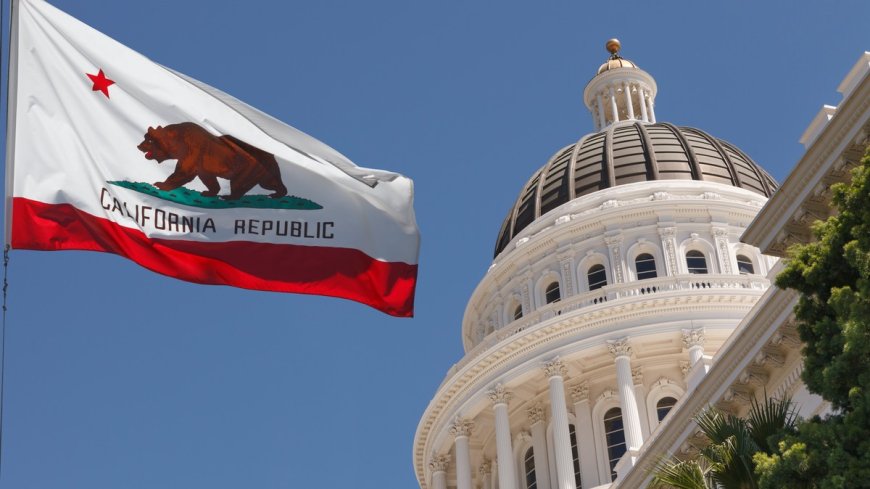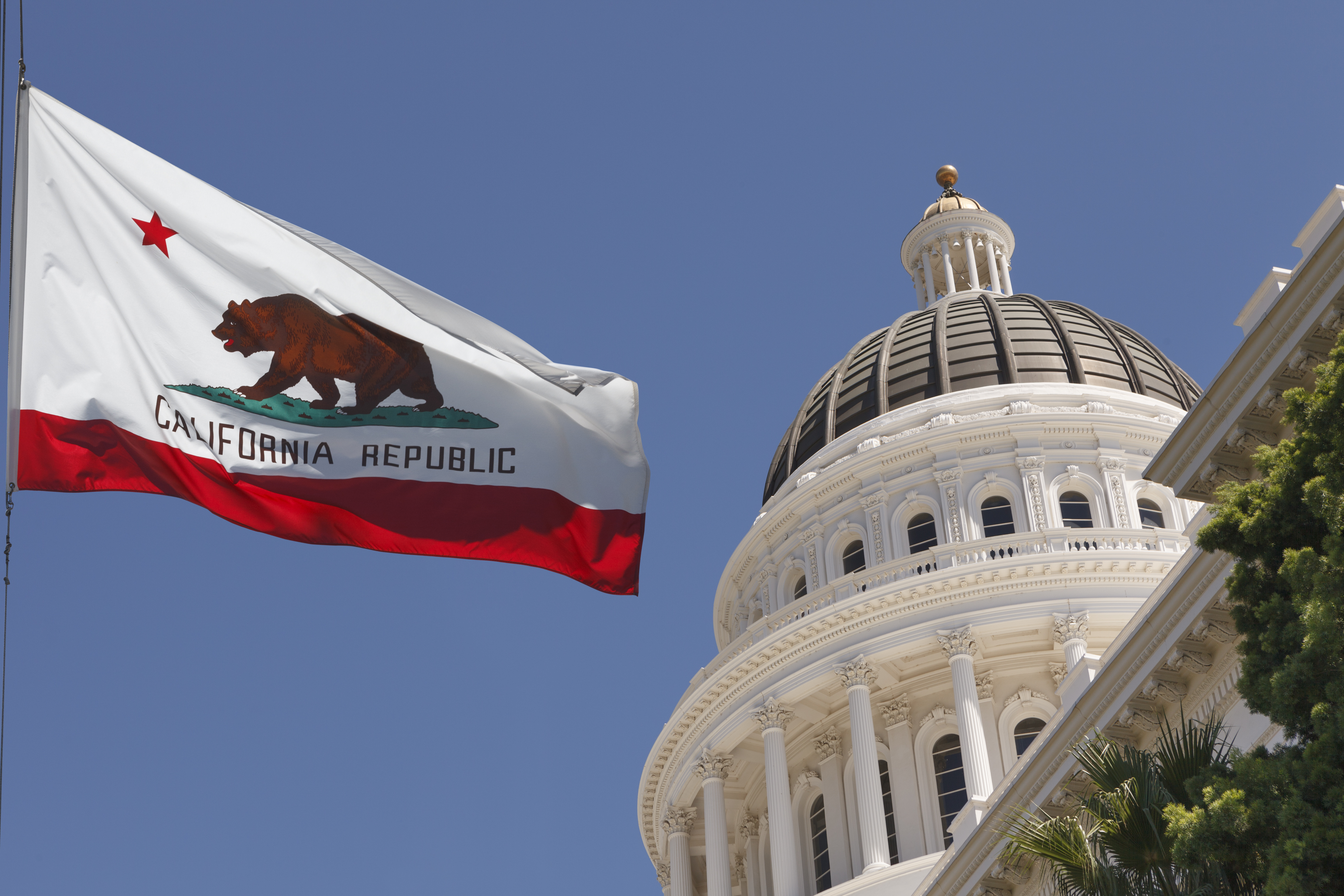Child Labor Is Such a Big Problem That California Will Teach Kids Their Rights at School
Child Labor Is Such a Big Problem That California Will Teach Kids ... VICE

California Public Schools to Teach Students about Union Rights

Introduction
California public schools will now teach students about their rights to unionize after Governor Gavin Newsom signed a new bill into law over the weekend. The bill, which will create “Workplace Readiness Week,” requires schools to educate kids in the state about workplace safety and California’s child labor laws in an effort to prevent child labor exploitation as such cases continue to rise in the U.S., according to a press release.
The Sustainable Development Goals (SDGs)
- Goal 4: Quality Education
- Goal 8: Decent Work and Economic Growth
- Goal 10: Reduced Inequalities
Workplace Readiness Week
The bill aims to equip pupils with knowledge about their rights as workers and employed minors, empowering them to protect themselves from retaliation, discrimination, and unsafe work. It also seeks to ensure that young workers receive fair wages and benefits and are prepared to assert their labor rights whenever necessary.
Support for the Bill
Randi Weingarten, the president of the American Federation of Teachers (AFT), stated that workers’ rights are human rights and that students need to be encouraged and celebrated for joining together to organize and bargain. She emphasized the urgency to educate students, especially in light of corporations’ illegal exploitation of child labor.
Child Labor Exploitation in the U.S.
The Bureau of Labor Statistics estimates that around 55 percent of people aged 16 to 24 are employed, but this figure does not include child migrant workers and other unregistered employees. Many child workers are employed in agriculture, retail, and food service industries.
Rising Cases of Child Labor Abuses
The bill comes at a time when child labor abuses are increasing in the U.S. Recent incidents include high schoolers working long hours without breaks at a Popeyes restaurant in Oakland and a food sanitation company illegally employing over 102 children in hazardous jobs. Tragic incidents, such as the death of a 16-year-old sawmill worker in Wisconsin, highlight the need to address child labor abuses.
Relaxation of Child Labor Restrictions
While California is taking steps to protect child workers, some states have been easing restrictions on the jobs minors can work. For example, Iowa passed a bill allowing 14-year-olds to work night shifts and 15-year-olds to perform light assembly work. Maine, Michigan, and New Jersey have also lowered the age for serving alcohol.
California’s Approach
California’s bill, AB-800, requires all public schools to teach students about various labor-related topics, including union rights, wage and hour protections, and worker safety. The bill aims to educate students about their rights and protect them from workplace abuses.
Conclusion
California’s efforts to educate students about their rights as workers and employed minors align with the Sustainable Development Goals, particularly Goal 4 (Quality Education), Goal 8 (Decent Work and Economic Growth), and Goal 10 (Reduced Inequalities). By equipping students with knowledge about their rights, California aims to prevent child labor exploitation and create a safer and fairer working environment for young workers.
SDGs, Targets, and Indicators Analysis:
1. Which SDGs are addressed or connected to the issues highlighted in the article?
- SDG 4: Quality Education
- SDG 8: Decent Work and Economic Growth
- SDG 10: Reduced Inequalities
The article discusses the need for education on workplace safety, child labor laws, and workers’ rights, which aligns with SDG 4 on Quality Education. It also highlights the issue of child labor exploitation and the importance of protecting young workers, which relates to SDG 8 on Decent Work and Economic Growth. Additionally, the article mentions the vulnerability of youth workers to wage theft, unsafe working conditions, discrimination, and sexual harassment, highlighting the need to address inequalities, as emphasized in SDG 10 on Reduced Inequalities.
2. What specific targets under those SDGs can be identified based on the article’s content?
- Target 4.7: By 2030, ensure that all learners acquire the knowledge and skills needed to promote sustainable development, including, among others, through education for sustainable development and sustainable lifestyles.
- Target 8.7: Take immediate and effective measures to eradicate forced labor, end modern slavery and human trafficking, and secure the prohibition and elimination of the worst forms of child labor, including recruitment and use of child soldiers, and by 2025 end child labor in all its forms.
- Target 10.7: Facilitate orderly, safe, regular, and responsible migration and mobility of people, including through the implementation of planned and well-managed migration policies.
Based on the article’s content, the specific targets that can be identified are Target 4.7, which emphasizes the need to educate learners about sustainable development and their rights as workers, Target 8.7, which aims to eradicate child labor and protect young workers, and Target 10.7, which focuses on ensuring safe and responsible migration for workers.
3. Are there any indicators mentioned or implied in the article that can be used to measure progress towards the identified targets?
- Indicator 4.7.1: Extent to which (i) global citizenship education and (ii) education for sustainable development are mainstreamed in (a) national education policies; (b) curricula; (c) teacher education; and (d) student assessment.
- Indicator 8.7.1: Proportion and number of children aged 5-17 years engaged in child labor, by sex and age group.
- Indicator 10.7.1: Recruitment cost borne by employee as a proportion of yearly income earned in country of destination.
The article does not explicitly mention indicators, but based on the identified targets, potential indicators that can be used to measure progress are Indicator 4.7.1, which assesses the integration of global citizenship education and education for sustainable development in national policies and education systems, Indicator 8.7.1, which measures the proportion and number of children engaged in child labor, and Indicator 10.7.1, which evaluates the recruitment cost borne by employees as a proportion of their income.
Table: SDGs, Targets, and Indicators
| SDGs | Targets | Indicators |
|---|---|---|
| SDG 4: Quality Education | Target 4.7: By 2030, ensure that all learners acquire the knowledge and skills needed to promote sustainable development, including, among others, through education for sustainable development and sustainable lifestyles. | Indicator 4.7.1: Extent to which (i) global citizenship education and (ii) education for sustainable development are mainstreamed in (a) national education policies; (b) curricula; (c) teacher education; and (d) student assessment. |
| SDG 8: Decent Work and Economic Growth | Target 8.7: Take immediate and effective measures to eradicate forced labor, end modern slavery and human trafficking, and secure the prohibition and elimination of the worst forms of child labor, including recruitment and use of child soldiers, and by 2025 end child labor in all its forms. | Indicator 8.7.1: Proportion and number of children aged 5-17 years engaged in child labor, by sex and age group. |
| SDG 10: Reduced Inequalities | Target 10.7: Facilitate orderly, safe, regular, and responsible migration and mobility of people, including through the implementation of planned and well-managed migration policies. | Indicator 10.7.1: Recruitment cost borne by employee as a proportion of yearly income earned in country of destination. |
Behold! This splendid article springs forth from the wellspring of knowledge, shaped by a wondrous proprietary AI technology that delved into a vast ocean of data, illuminating the path towards the Sustainable Development Goals. Remember that all rights are reserved by SDG Investors LLC, empowering us to champion progress together.
Source: vice.com

Join us, as fellow seekers of change, on a transformative journey at https://sdgtalks.ai/welcome, where you can become a member and actively contribute to shaping a brighter future.







